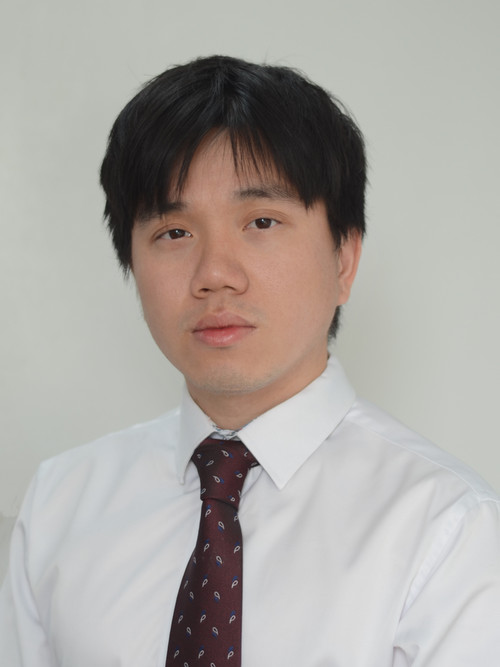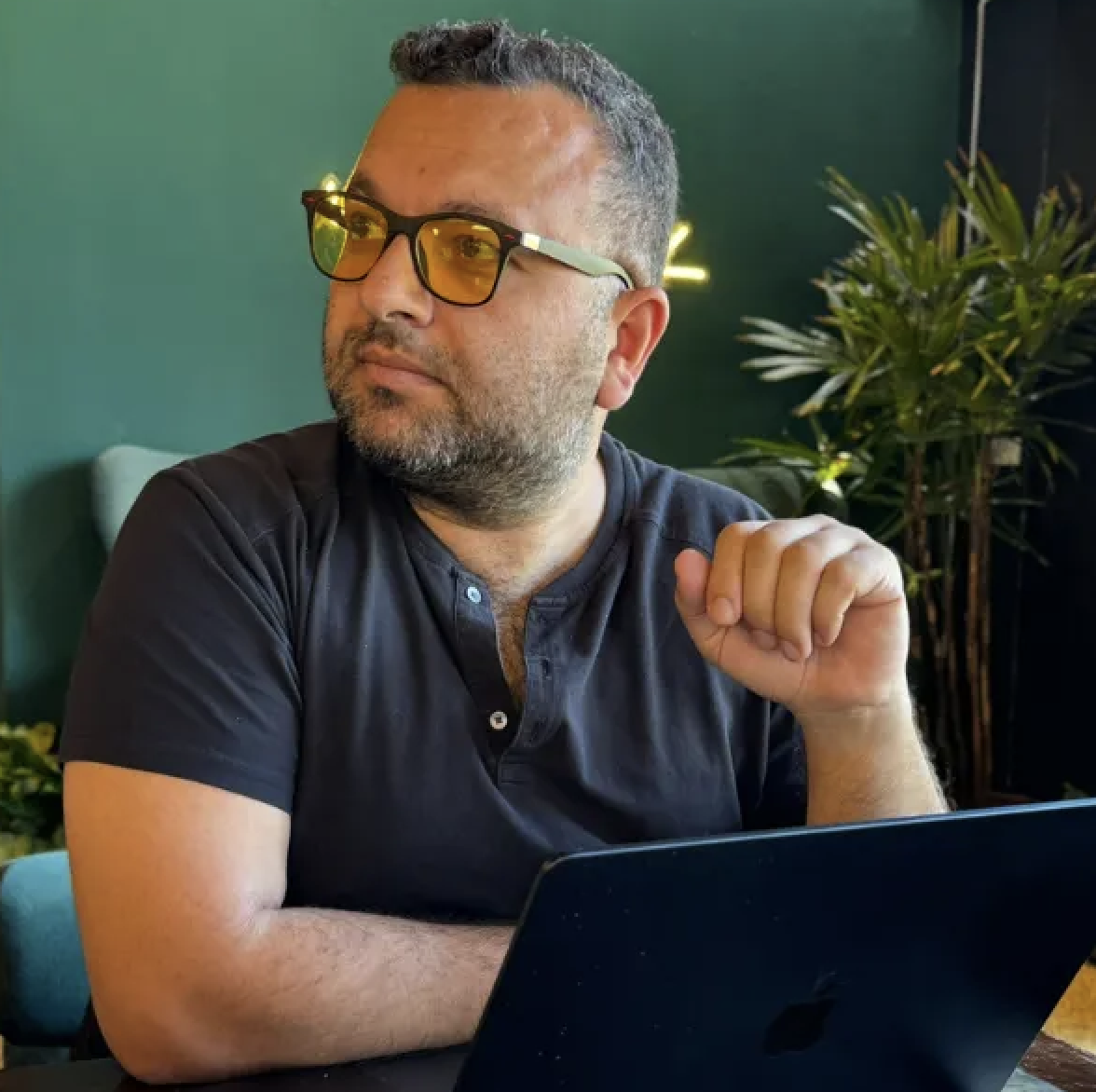Oncologic Imaging
The oncologic image-guided therapy research group focuses on the development of novel drug delivery systems and imaging techniques for assessing response to therapy. The major focus of this group is in the pre-clinical research arena where scientists are inventing new therapies for cancer where imaging is used to both guide therapy and assess response. Radiology investigators in this group collaborate with colleagues across campus, including experts in oncology, gastroenterology, gastrointestinal surgery, transplant surgery, hepatology, interventional radiology, chemistry, molecular biology and biomedical engineering.
Ulas Bagci, PhD
Associate Professor of Radiology (Basic and Translational Radiology Research)
Bio
-
Hybrid Intelligence: Human in the loop and Eye Tracking
-
AI in Pancreatic Diseases (Cancer, Cysts, Diabetes, and Pancreatitis)
-
AI in Liver Health (HCC and Cirrhosis, Interventional Therapy)
-
AI for Thoracic Applications (Lung Cancer, PASC Fibrosis, etc).
-
HITPIRADS: AI for Prostate Cancer Management
-
FIDELIS: AI for Radiation Oncology Applications
-
Federated Learning for Healthcare Applications
-
Explainable/Interpretable AI for High Risk Applications
-
AI for Cardiology Applications
Profile, Grants, & Publications
View my profile, grants, & publications on Northwestern Scholars.
Dong-Hyun Kim, PhD
Associate Professor of Radiology (Basic and Translational Radiology Research)
Bio
Image-guided medicine is rapidly growing to improve treatment regimens and advancing medical imaging, including magnetic resonance imaging (MRI), computed tomography (CT), radiography, ultrasound, positron emission tomography (PET), and single photon emission computed tomography (SPECT). A combination of modern nanoplatforms with high performance in imaging and therapeutics may be critical to improve medical outcomes.
One of emerging fields is image-guided therapy using various nanoparticles. Therapies include basic bench, preclinical in vitro/in vivo and clinical researches combining synthesis of multifunctional nanoparticle and tracking/navigation tools to improve accuracy and outcomes of the therapeutics. Most of the emerging interventional technique such as heat-activated targeted drug delivery, image guided ablation (microwave or HIFU), percutaneous injection gene/bacteria therapy, transcatheter treatments for tumor specific local therapy, serial biopsy, thrombolytic therapy, and so on, can be combined with nanotechnology in clinic.
My research engages in careful design/selection/synthesis of multifunctional imaging/therapeutic nanomaterials with therapeutic agents will be critical for the translational optimization these new image guided medicine techniques. The DHKIM Lab for Biomaterials of Image Guided NanoMedicine has focused on developing various therapeutic/imaging carriers for the treatment of various cancers. Micro/Nanoparticles and their hybrid derivatives have been exploited as vectors for drug/therapeutic delivery and molecular imaging agents of MRI, CT, ultrasound and luminescent/fluorescents. We are working closely with clinicians, medical scientists, biologist and imaging professionals to translate new therapeutic approaches using multifunctional carriers and diagnostic imaging technique to the clinical setting.
Lab Manager: Xiaoke Huang
For more information on my research, please view my Feinberg School of Medicine faculty profile.
Profile, Grants, & Publications
View my profile, grants, & publications on Northwestern Scholars.
Bo Zhou, PhD

Assistant Professor of Radiology
Bio
Dr. Zhou received his PhD in Biomedical Engineering from Yale University with the highest PhD honor of the Harding Bliss Prize. He also holds a Master's in Computer Vision from Carnegie Mellon University and a Master's in Biomedical Engineering from Case Western Reserve University. His research mainly focuses on AI for multi-modal medical imaging, especially in PET, SPECT, MRI, and CT.
His areas of research are Radiology; Radiology, X-ray, CAT Scan, Medical Imaging; Radionuclide Imaging; Cardiovascular Imaging; Medical Informatics; Bioinformatics; Big Data; Quantitative MRI; Radiation Oncology; Preventive Medicine; Pathology; Oncology; Translational Research
Profile, Grants, & Publications
For more information on my research, please view my Feinberg School of Medicine faculty profile.

